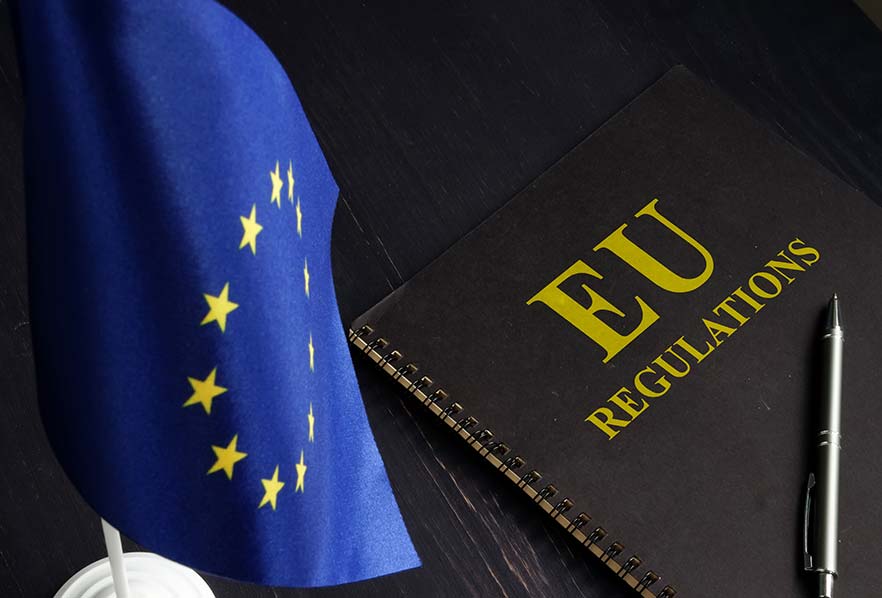The world was a turbulent place in 2022, with many eyes on Ukraine. Still, many issues remain across the planet. In Asia, internal repression and severe human rights violations exist in places like Myanmar, which has been ruled by a military junta since February 2021. In North Korea, there has been renewed ballistic and nuclear activity, while there have been escalating tensions involving China’s maneuvers around Taiwan.
In Africa, terrorist groups continued to bear conflicts and instability in the Sahel region or in Somalia, and several crises emerged or persisted in Ethiopia and South Sudan, while many other countries remain under international sanctions to contain security and humanitarian issues. The Middle East also continued to pose concerns with the ongoing war in Syria and social unrest in Iran.
The magnitude of sanctions against Russia has triggered abundant commentaries. Russia-related sanctions were unprecedented given their sheer size, pace, and complexity. However, sanctioning Russia will also have long-term consequences on multilateral sanctions and the United Nations’ (UN) international order.
Now that the sanctions storm seems behind us, it seems like a good time to take a step back and reflect on the compliance lessons learned in preparation for the next crisis.
Recap on the landscape of measures
Sanctions implemented against Russia provide a textbook example of what economic sanctions look like, as countries leveraged all available typologies of measures in a matter of months—although to a diverse extent.
Targeted sanctions are probably the most tangible form of sanctions. We have seen regulators adding thousands of entries to their lists of blocked persons.[1] In 2022, Russia-related designations in the European Union (EU) and United Kingdom (UK) lists alone resulted in those lists roughly doubling in size. These new records included Russia’s most senior politicians and wealthiest businesspeople, along with strategic, sovereign entities and large financial institutions and corporations.
The complex set of restrictions on goods in and out of Russia introduced massive challenges on corporations from virtually every sector, as they applied to a variety of commodities such as wood, aluminum, and, of course, energy products. These far-reaching sanctions are largely fueling global inflation and international supply chain challenges. Restrictions also extended to the transport or travel of Russia-related vessels, aircraft, and Russian nationals, as several sanctioning countries closed access to their airspace, ports, and territories.
Regulators also restricted highly strategic services. The financial services industry, for instance, essentially cut Russia’s access to Western capital markets, credit rating services, legal advisory, and auditing.
Lastly, regulators applied complex and severe territorial prohibitions to certain geographies within Eastern Ukraine, which fell out of the control of the Ukrainian government.



